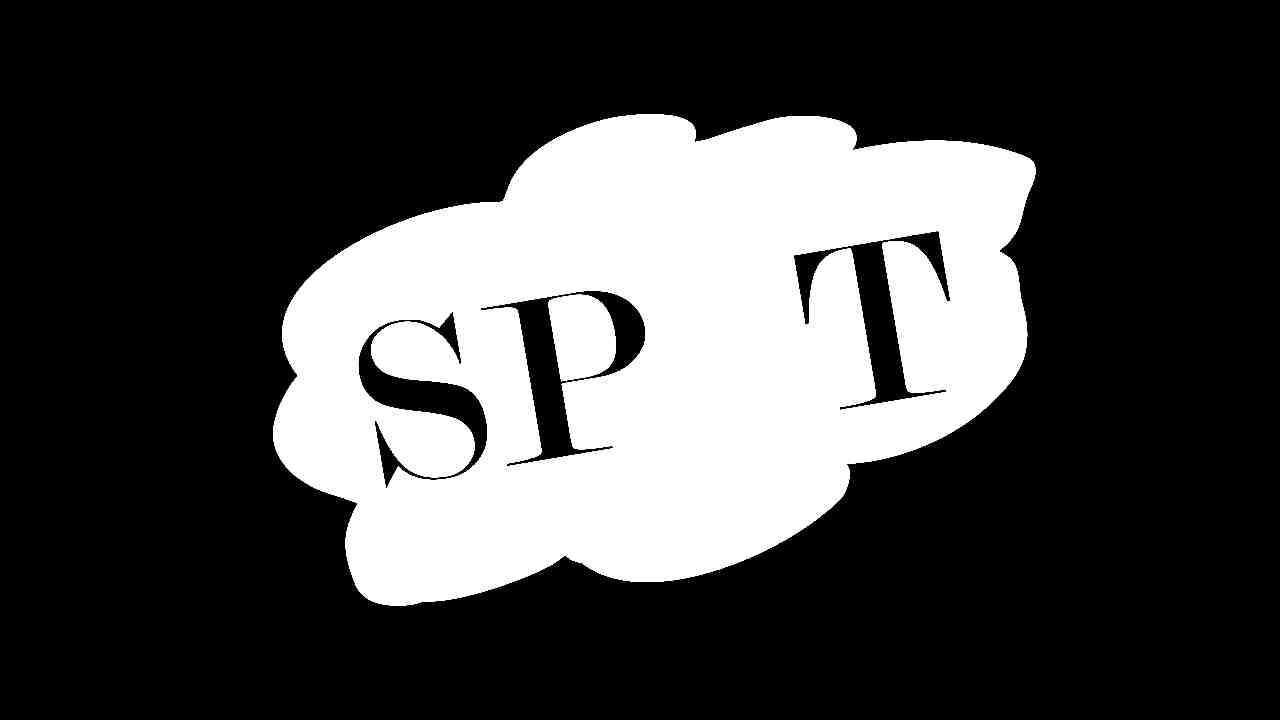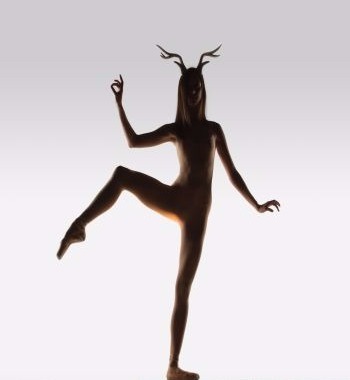Photo Credit Art Lessman
No doubt many are familiar with Dante’s epic poem “The Divine Comedy”, and especially the juiciest canto “Inferno”, which follows his journey though hell guided by the Roman poet Virgil. Upon reading about a ballet interpretation of the piece, I jumped at the occasion to witness it in person. Expectations were high to see some sinful activity. The American Contemporary Ballet (ACB) feeds some of these desires, and provides an intimate set-up in a raw space, ironically from one of the highest points of downtown Los Angeles looking down into the darkest depths of man’s descent into the underworld.
On Friday the 13th, ACB, a relatively young dance company founded by LA native Lincoln Jones and Associate Director Theresa Farrell, showcased “Inferno” in their seventh season premiere. A perfect piece to kick off the Halloween spirit, it plays through October 28, 2017 on the 32nd floor of the Bloc Tower. Opening night also served as a costumed fundraiser, so while our palettes were treated to colorful cocktails named “Love” and “Bliss”, red and black suits, horns and tails roamed through the exposed fluorescent lit, cement columned space with a 360-degree view of the downtown skyline. An organist set a pensive and melancholic tone while the audience seated themselves.
ACB Dancers Rochelle Chang and Ian Schwaner. Photo Credit Art Lessman
What lay ahead though was a more discordant experience. “Inferno” was scored to Charles Wuorinen’s “The Mission of Virgil” a ballet in seven parts, inspired by scenes from Dante’s “Divine Comedy”. The Pulitzer Prize-winning composer’s piano was highly erratic, and with the meter changing at every bar, it was so complex it neither emoted nor evoked. With it’s lack of narrative or progression, after a while, it simply tired.
The opening dance piece catered to expectations, as a stunningly exposed Beatrice walked in front of the audience it reminded of the power of physicality and presence in live staging. When she gracefully hid her body in another dancer’s embrace, voyeuristic tendencies could not be appeased, and eyes drifted to the window reflections for alternate perspectives.
The close quarters and proximity to the dancers, allowed us to fully appreciate the handiwork and materiality of the elegant costumes, which never failed to please. Beginning with elegant nudes, and delicate, transparent beige threads they highlighted the body’s contours and emphasized its fragility. As we descended further into the monster’s lairs, skin-tight one-piece leather suits, and elongated spiked nails emerged to visually demonstrate more horrific states.
And while the nudity, live piano music and stunning costumes played into the sensuality of the night, “Inferno” originally was meant to be a moral warning cry. I could not help but think somehow, that it felt almost mainstream. When horned headgear becomes appropriated, and festival masquerades become humdrum and ubiquitous, what imagery can possibly shock today? With the proliferation of provocative imagery and salacious headlines in the media, I hoped the movement of bodies would explore age-old thematics in a new manner. The dance however, was like the music, not daring or expressionist but formal. Or as Wuorinen described, there was a “certain mocking quality…more like ridicule than horror.” Perhaps the elevated ballet form is too limited a language of gestures to capture the full range of sin. Dante’s “Inferno” was also a highly political poem at his time, and my attention shifted to the elite funders in the audience who sipped their champagne and watched the dancers like Degas’ ballerinas. My mind could not help but drift to power structures and imagine young women who dreamed big in this town.
The placement of the piano was partially to blame for the distracted mind, as the sound was not tailored to the rectangular space, and amplification could have helped provide a more guttural impact. Although the Artistic Director visually described the space as “wide screen”, sound could have played in stereo rather than mono.
The dance choreography overall felt frenetic, and the most evocative moments were not the horrific, lustful and despicable as expected, but rather the moments of respite, of silence and pause. The opening and the ending, the embarkation and the arrival, were most humbling, poetic and human. Everything in between, should we call it the foreplay? Was more like purgatory – stuck in limbo without release. The overall piece was just under a half hour, and left some audience members unsatiated and longing for more. One critic wished he had seen “more junk” and was perplexed by the short-lived experience. But then again, this was a comedy after all.
The final scene between Dante and Virgil, beautifully embodied by Rochelle Chang and Ian Schwaner, was the most tangible, relatable and emotional piece in the evening. A powerful spotlight flooded the stage with a beam of light and partially illuminated the poet and his guide, as they slowly emerged from the cavernous shadows. With palms outstretched, they carefully shielded themselves as they approached the source, searching for meaning in their existence. As the piece moved from a state of confusion to one of clarity and resolution through ascension, we were left with an image of newfound hope.


